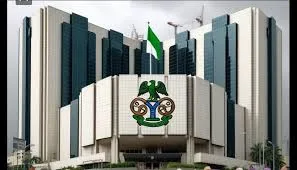The official foreign currency market’s dollar supply increased significantly in March and April, reaching a significant total of $7.3 billion, findings shown.
This occurs as the Naira strengthened against the US Dollar on Monday, rising to N1,390 per Dollar on the official market and steadied at N1,340/$ on the parallel market, also known as the black market.
According to data sourced from the FMDQ Security Exchange, forex sales data showed that there was improved liquidity in the market as $4.7bn transaction was sold in March.
However, FX sales reduced by 51 per cent month-on-month to $2.5bn coinciding with the observed naira depreciation in April.
Bureau De Change operators at Wuse Zone 4 said they bought at N1,310 and sold at N1,340 leaving a profit margin of N30.
This means the rate remained at the amount quoted on Monday.
Malam Yahu, a trader said, “The naira remained as it was on Monday, trading at N1,340. We buy at N1, 310 and our profit is just N30. Nothing really caused the stagnant rate. That’s just how the market went today. We wait to see what tomorrow and next.”
At the official market known as the Nigerian Autonomous Foreign Exchange Market, the naira appreciated by N29 or 2.1 per cent to N1,390 per dollar, from N1,419 per dollar recorded on Monday, the lowest since March 13, 2024.
The naira had depreciated following slowing inflows occasioned by the withdrawal of funds by Foreign Portfolio Investment.
The intraday high closed at N1,450 on Tuesday from N1,451 per dollar on Monday. The intraday low also depreciated to N1,200 on Tuesday as against N1,060 on Monday and closed on Friday at NAFEM, data from the FMDQ Securities Exchange indicated.
Dollars supplied by willing buyers and willing sellers appreciated by 34.4 per cent or $77.53m to $225.36m from $147.83m recorded on Monday.
Olayemi Cardoso, the Governor of the Central Bank of Nigeria, at several fora had stressed the expository need to attract inflows to nurtured liquidity in the foreign exchange market and stabilise the exchange rate.
He stressed the significance of managing exchange rates to address inflationary influence and ensure both price firmness and experienced long-term economic growth.
“Failure to tame inflationary pressure using the exchange rate channel may jeopardize not only price stability but also long-term growth.”



























